Editor’s Note: This story is part of an ongoing series on California’s drought. Be sure to read The California Drought: Chapter One.
—
“Farmers, especially in California, have the environment and the weather that allow us to basically grow whatever the free market dictates. We’re going to grow whatever people want to buy.”
—Vincent Ricchiuti, P-R Farms
Sowing and reaping.
In California’s fertile Central Valley, year-round planting, growing and harvesting is a continuous dance. Some farmers are wrapping up their crop harvest while others are preparing to plant another. In any given month, different crops take center stage at grocery stores and farmers markets, luring in consumers with gorgeous colors, velvety textures and delicious scents. California’s bounty of food is also its beauty, sitting right up there with the state’s diversity in landscapes and people. But with another year checked off in an ongoing drought, the beautiful products of California are taking a hit.
It’s Wednesday morning and I’m making my way through the downtown Santa Monica Farmers Market. Farmers and vendors ready their stations, primping leafy greens and adjusting baskets of berries, eggplants and zucchini blossoms. Whether or not you have a cooking bone in your body, the urge to buy one of everything is overwhelming.
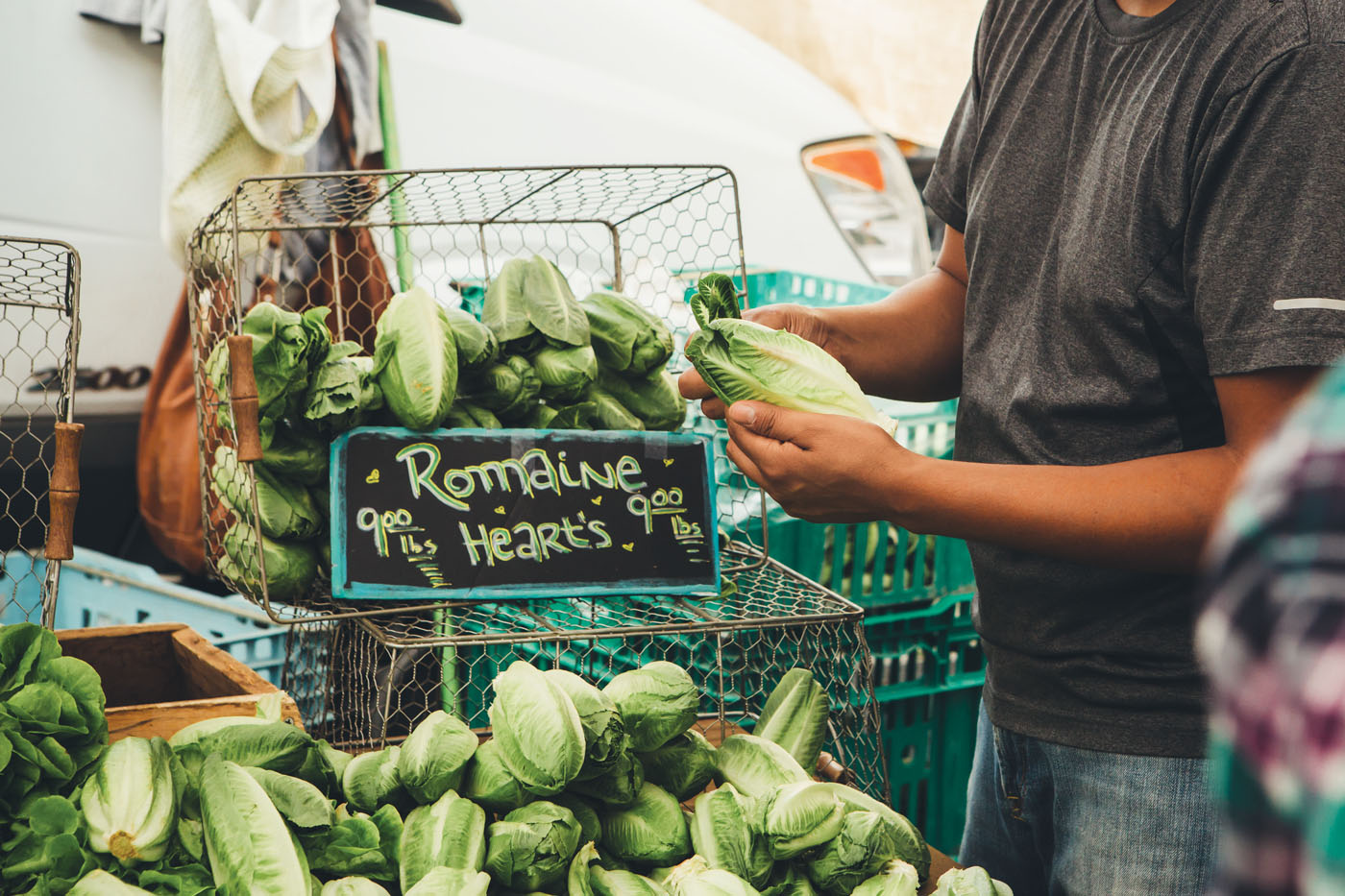
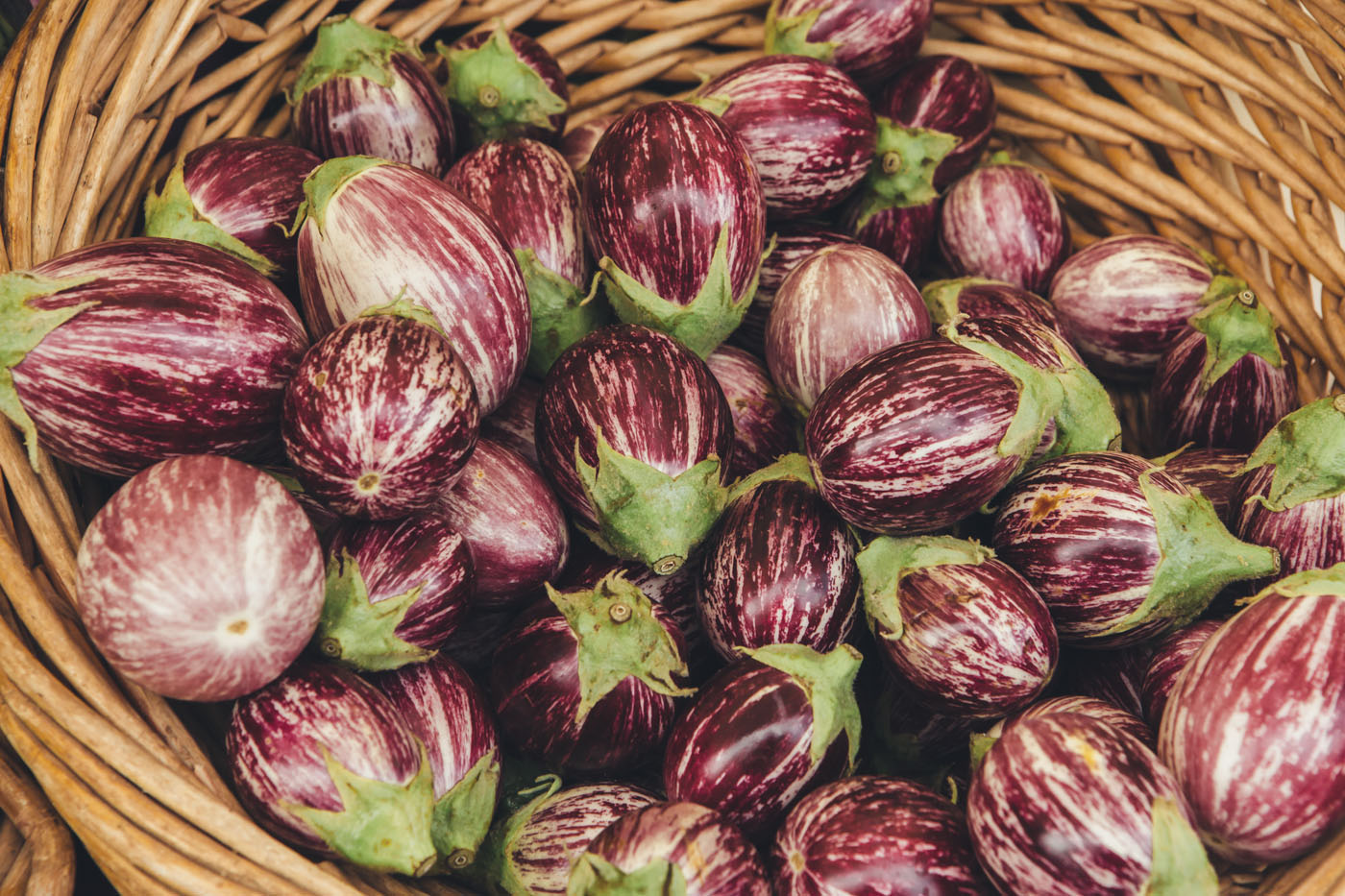
Every purveyor I speak with greets me with a smile, graciously explaining the produce laid out before me, even offering me a taste. There’s no mention of hardships due to the drought, or how there’s not enough work for their laborers, or whether or not their business will survive another year. It’s not until specific questions are asked that smiles fade and concern furrows brows.
Speak with any farmer in the Central Valley and you’ll hear a consistent story that revolves around water shortages. In a state that has taken on feeding the nation (and even the world), the quantity of food coming from California’s farmlands is decreasing. Yields are low across the board, whether it’s nuts, rice or vegetables. It’s a simple correlation: limited water equals limited food.
But there is another factor fueling the drought: climate change. Persistent warmer temperatures in the winter––this past winter the warmest on record––are not providing the rest needed for permanent crops, such as grapes and almonds. Like us, they need a certain number of hours to rest, and without adequate cold temperatures during the winter months, these crops are unable to go into dormancy as long as needed to get ready for the next season. Without this, permanent crops won’t be as fruitful in the coming season.
Amongst the smiles and spectacular produce, it’s easy to forget farmers are running a business. It’s a means to provide for their families just like nine-to-fives provide for most other folks. They care about their product and their employees deeply. I experienced this firsthand during a recent conversation with Joe Del Bosque.
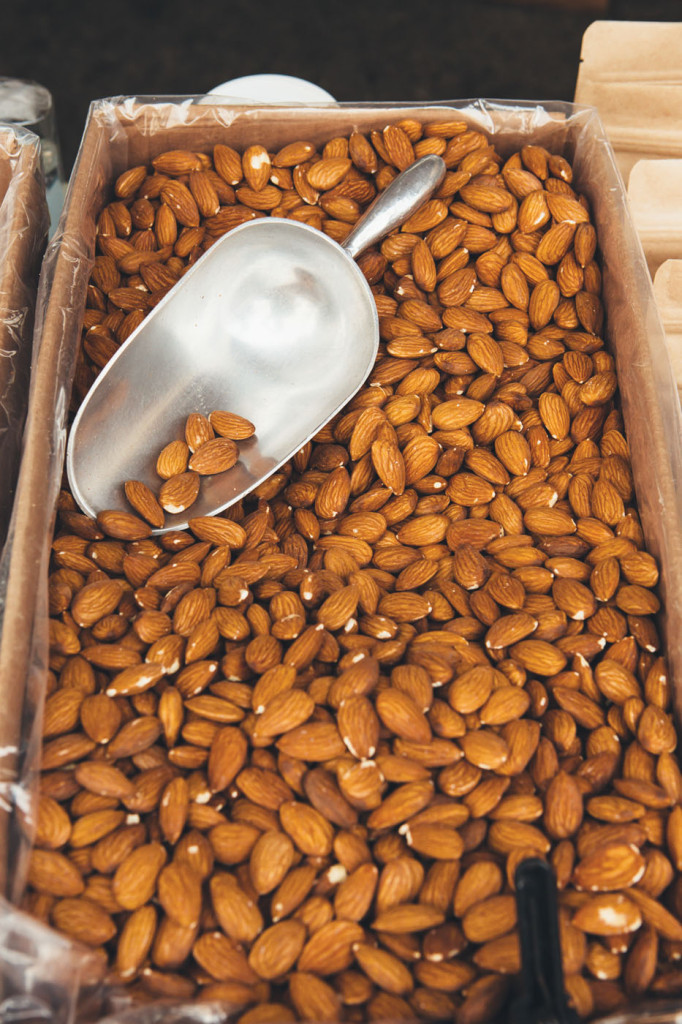
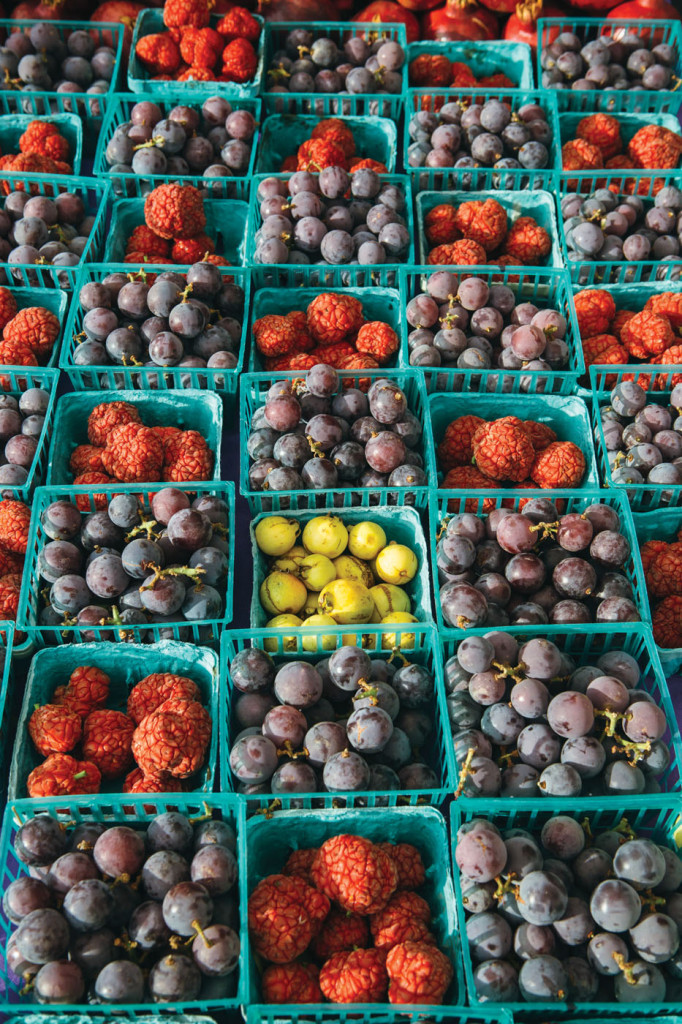

Firebaugh, California
A half mile east of I-5, the western edge of the San Joaquin Valley where effects of the drought are severe, you’ll find Del Bosque Farms in the town of Firebaugh. Del Bosque grows asparagus, almonds, melons, tomatoes and cherries, and is completely dependant on surface water. There is one county well on Del Bosque’s property where groundwater is mixed with surface water, a necessary step as groundwater alone contains many salts too harsh for his sensitive tomatoes and melons. The serious reduction in water year after year––this year being the worst––has forced Del Bosque to fallow 40 percent of his 2,000 acres. Out of 185 acres of asparagus, only 35 remain while the rest were destroyed. “We’ve survived until now, but the situation is becoming more grave,” Del Bosque says. “If there’s no water next year, we might be out of business.”
Water restrictions are extremely frustrating for farmers in the Central Valley, and it has captured the attention of our country’s President. In February 2014, President Obama (alongside Governor Jerry Brown) visited the Central Valley and Del Bosque Farms. “California’s our biggest economy. California is our biggest agricultural producer. So what happens here matters to every working American, right down to the cost of food that you put on your table,” says President Obama in an official White House video shared on the Del Bosque Farms website. The meeting between Del Bosque and President Obama brought significant attention and publicity to the drought issue, and how it’s impacting farmers, communities and food supply.
Del Bosque started farming in 1985 and currently has 25 permanent and 250 seasonal employees. Some of his workers have been with him for more than 20 years, and he’s worried about what will happen to them if the drought continues. “We can fallow land but we can’t fallow people,” says Del Bosque. Speaking of his land, if they go without water another year, the almond trees will be hardest hit. “The trees may not die, but they won’t rebound,” Del Bosque explains. And if he goes another year without planting––letting more acreage lie fallow––it will hurt the customer base he has spent years building.
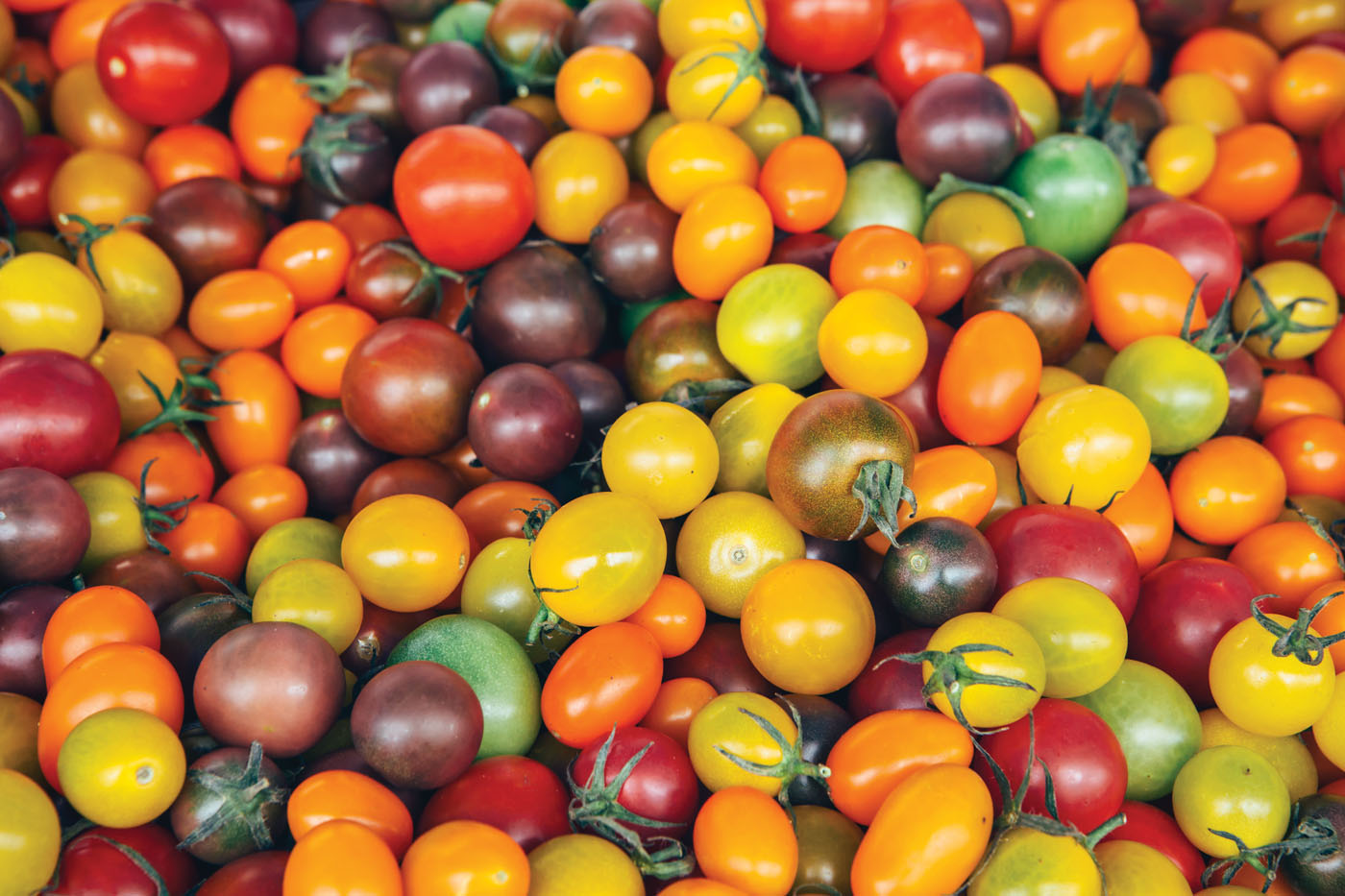
Clovis, California
When you’re on the road before sunrise, having conversations with your stomach, it’s hard to be picky about your breakfast. It’s been two hours since I left Los Angeles and my eyes are scanning every road sign and billboard along Highway 99 in search of those damn Golden Arches. A quick pitstop later, I bite into my greasy potato patty and catch a glimpse of a road sign in the shape of a farmer and another announcing an agriculture museum. And despite the fast food feast in front of me, I know I’m in the heart of the Central Valley, surrounded by some of the most indispensable farm lands in the state––not far from my destination. I’m headed to Clovis, a town roughly eight miles northeast of Fresno, where I’ll be meeting with a fourth generation farmer, Vincent Ricchiuti.
Ricchiuti’s family owns P-R Farms, growers of almonds and olives, primarily, as well as wine grapes, citrus and stone fruit. Ricchiuti is taking me to one of their olive ranches where workers are busy harvesting. As soon as I set foot between a row of olive trees, my boots crunching up dirt and fallen leaves, I feel my city-self melting away. Morning sun rays break through branches and foliage, enveloping plump olives with golden light. Workers steady themselves on large steel ladders, balancing mid-air while picking fruit. Olives, vibrant green and deep purple, are carefully poured into a series of bins. Standing in patches of fragmented light, I feel a sense of calmness that is captivating.
As we make our way from the ranch to Ricchiuti’s family store––the retail arm of P-R Farms––we discuss the impact of the drought in Fresno County. “We have one ranch of Barbera wine grapes. The ranch doesn’t have a well on the property; we had to buy water and the water was extremely expensive. Because of that we’re taking a loss on the crop––that’s what’s tough,” says Ricchiuti. “Basically what we’re doing is we’re paying for water just to keep the vineyard alive in hopes El Niño shows up, and we get our surface water back on that ranch,” Ricchiuti explains. “If we can’t sustain getting the surface water that we need, we might have to take the vineyard out and plant some olive trees. They take less water than the vineyard would, and it would lift up our olive oil production.” P-R Farms bought $350,000 worth of water this year for a $300,000 return––a loss of $50,000 on their grape crop. “As farmers, we’re the kings of ‘There’s always next year,’” Ricchiuti says with a small laugh. “We’re hoping that El Niño hits and it fills up every stream and river and valley, and we don’t have this problem for next year.”
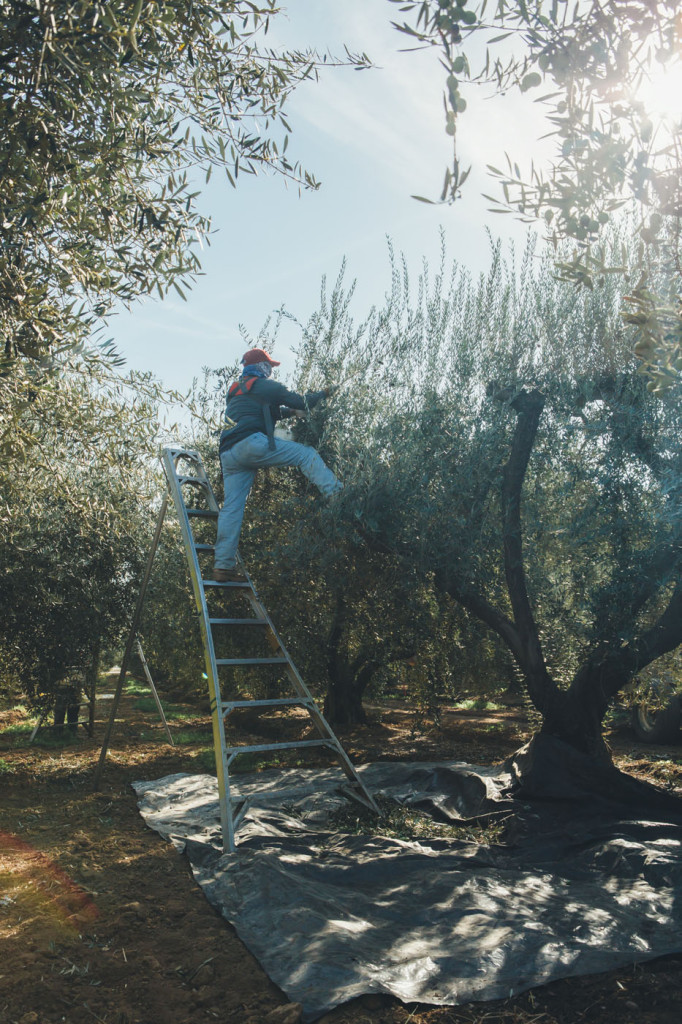

When asked about the almond side of their business and whether the continuous planting of almond trees throughout the Central Valley would hurt other crops coming out of the region, Ricchiuti’s response was logical. “It’s the free market that dictates what farmers are going to do. Right now, almonds are profitable––people want them, they’re in demand, people eat them every day. That’s why they’re planted so heavily across the Valley and in our state. If something else becomes the ‘it’ thing and the free market dictates that’s what people want, then that’s what we’ll grow,” explains Ricchiuti. “You have to always be looking at those trends. There’s always going to be movement; it’s an ebb and flow thing.”

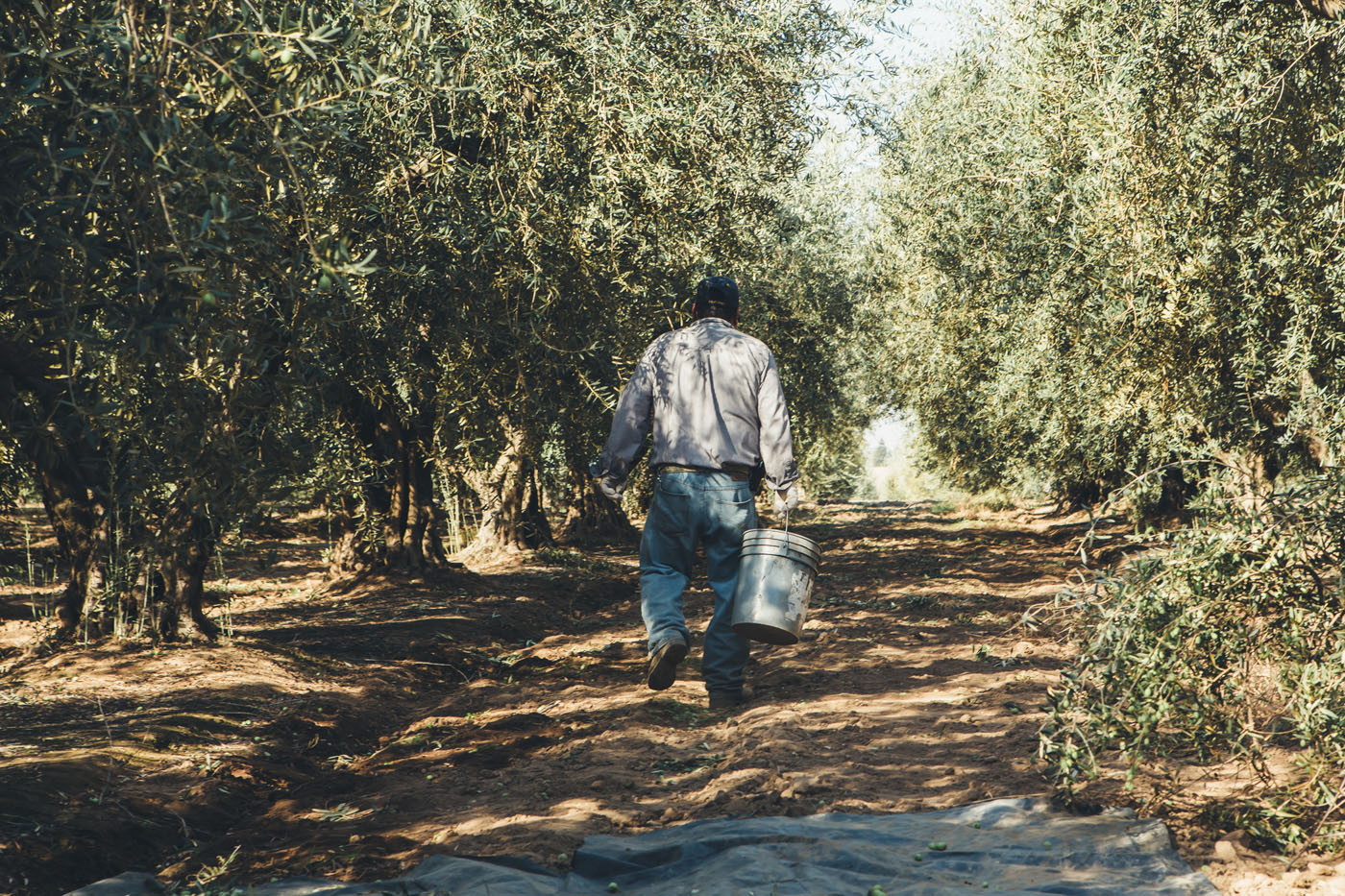
Bountiful California
Those of us living in the Golden State are pretty spoiled. We have year-round access to farmers markets and the freshest produce to fill our reusable tote bags. But the more opportunities I have to speak with those who grow our food, the more I realize this isn’t a one-sided struggle. The drought is affecting all of us, not just farmers. It’s hard to see this when surrounded by blocks of abundance in the heart of the Santa Monica Farmers’ Market. There is zero sense of lacking, which makes me feel––simultaneously––both grateful and guilty. I’m thankful for all of this, but know I also take it for granted every time I step foot inside my neighborhood grocery store. It’s a privilege to live in California and after five years of being a resident of this state, I couldn’t see myself anywhere else.







Our comments section is for members only.
Join today to gain exclusive access.